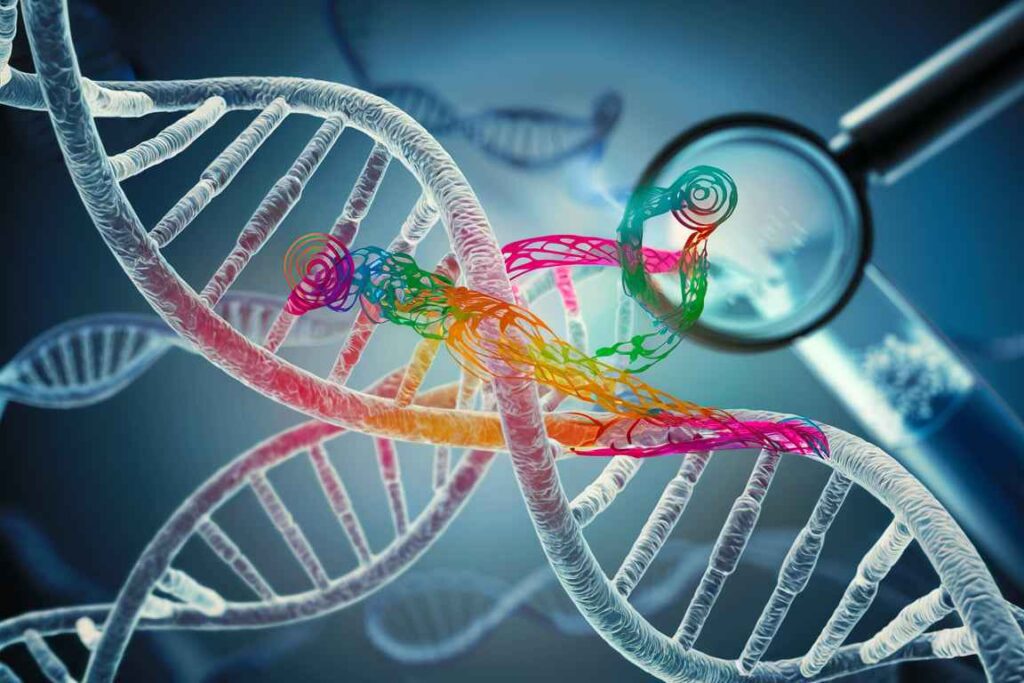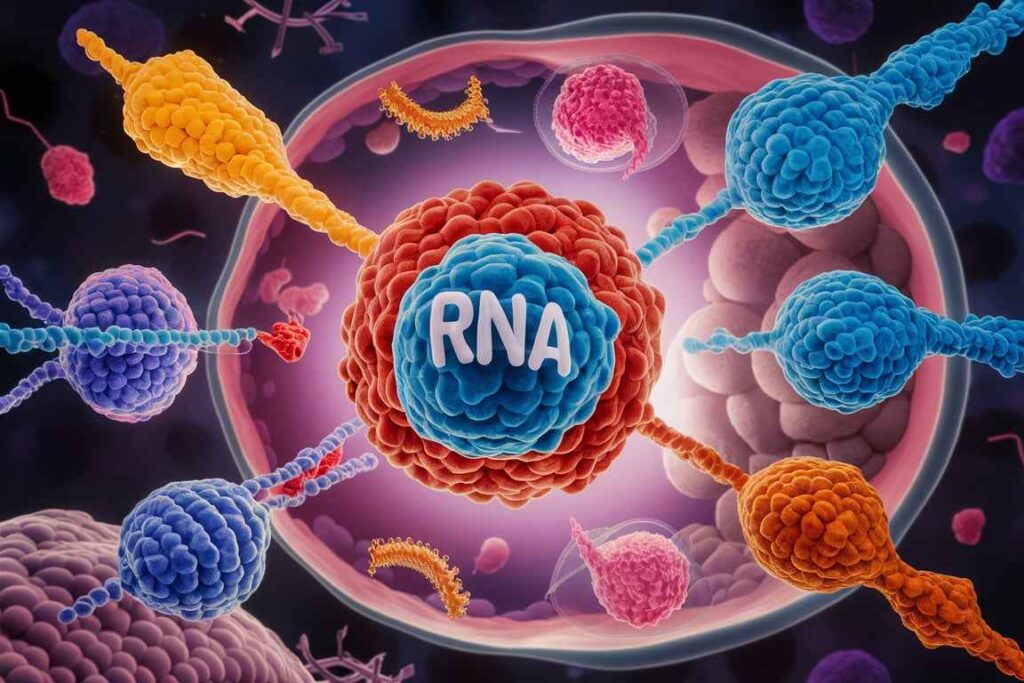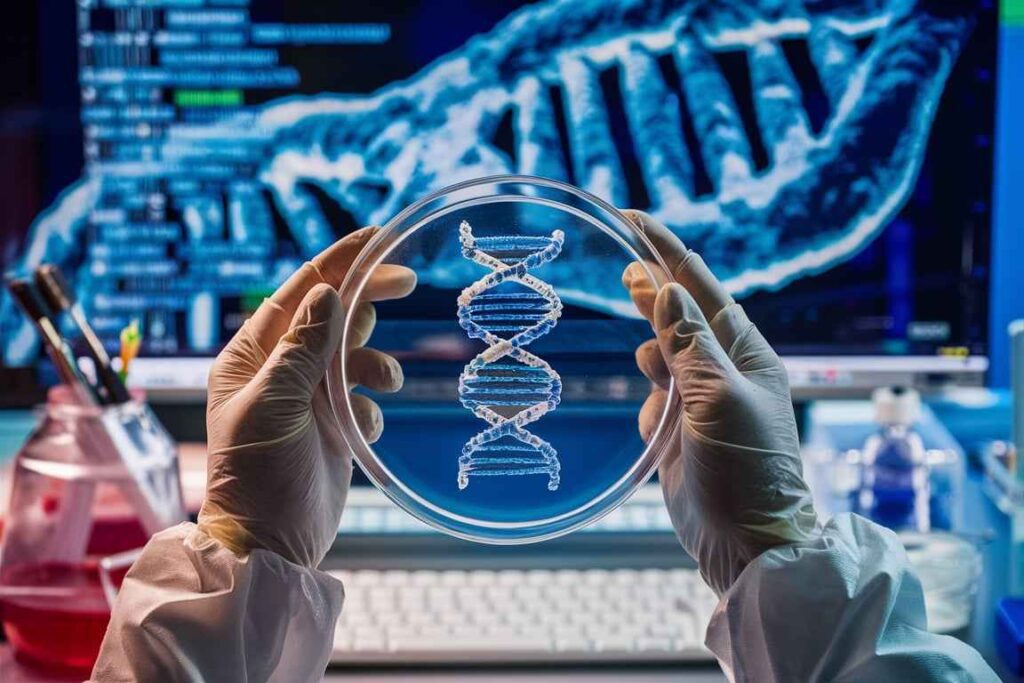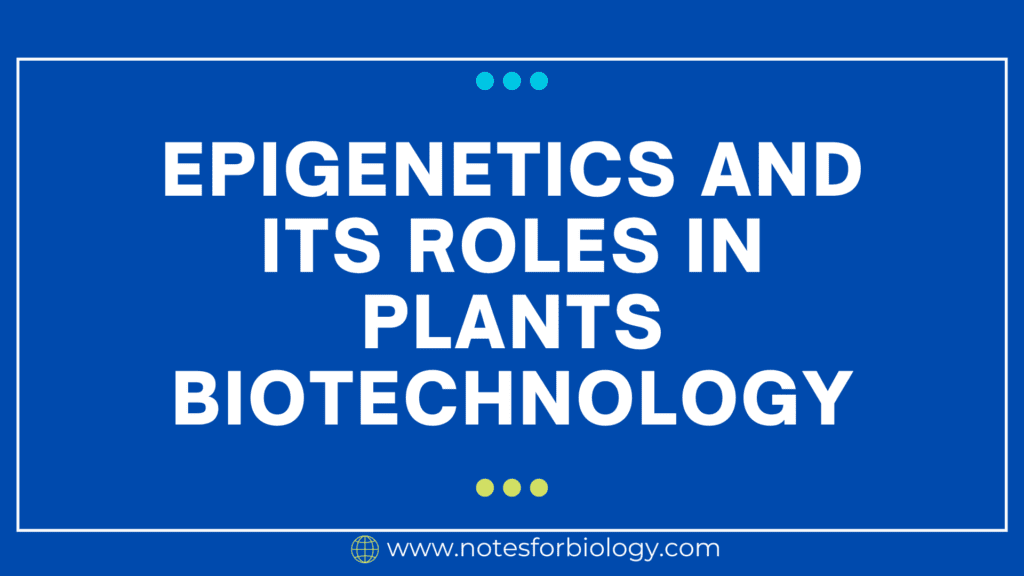Epigenetics is the study of heritable changes in gene expression that do not involve changes to the underlying DNA sequence. These changes can affect how genes are turned on or off and can be influenced by various environmental factors. In plant biotechnology, epigenetics plays a crucial role in several areas, contributing to our understanding of plant development, adaptation, and breeding.
Table of Contents
Epigenetics
Epigenetics is the study of heritable changes in gene expression that do not involve changes to the underlying DNA sequence. These changes can affect how genes are turned on or off and can be influenced by various factors such as environment, lifestyle, and disease. Epigenetic modifications can be stable through cell divisions and, in some cases, can be passed on to future generations.

Key Mechanisms of Epigenetic Regulation:
1. DNA Methylation
Definition: The addition of a methyl group (CH3) to the cytosine base in DNA, usually at CpG dinucleotides.
Effect: Generally causes gene silence by blocking transcription factor binding or attracting proteins that compress the chromatin.
Significance: Plays a critical function in development, genomic imprinting, and transposon suppression.
2. Histone Modification
Post-translational modifications to histone proteins, which wrap around DNA, include methylation, acetylation, phosphorylation, and ubiquitination.
These alterations can activate or repress gene expression by changing the chromatin structure, making DNA more or less accessible to transcription machinery.
Common modifications:
- Histone acetylation is usually related with gene activation.
- Histone methylation can cause activation or repression, depending on which amino acid residues are changed.
4. Noncoding RNAs
Definition: RNA molecules that cannot be translated into proteins yet can control gene expression.

Types
- MicroRNAs (miRNAs) are small RNAs (~22 nucleotides) that bind to corresponding sequences on mRNA molecules, causing destruction or inhibition of translation.
- Small interfering RNAs (siRNAs) are similar to miRNAs but play an important role in virus and transposon protection.
- Long non-coding RNAs (lncRNAs) are longer RNA molecules that can interact with chromatin-modifying proteins to regulate gene expression.
5. Chromosome Remodeling
Definition: The dynamic alteration of chromatin architecture that allows access to condensed genomic DNA.
Mechanisms: This involves ATP-dependent chromatin remodeling complexes that reposition, evict, or restructure nucleosomes.
Role and Importance of Epigenetics
1. Development and Differentiation
Epigenetic mechanisms are crucial for regulating the genes that drive cellular differentiation. Different cell types arise from the same genetic code by using epigenetic modifications to activate or silence specific sets of genes.
2. Genomic Imprinting
Certain genes are expressed in a parent-of-origin-specific manner. This phenomenon is regulated by DNA methylation and histone modifications, ensuring that only one allele of the gene (either maternal or paternal) is expressed.
3. X-Chromosome Inactivation
In female mammals, one of the X chromosomes is inactivated to balance the dosage of X-linked genes between males and females. This process is tightly regulated by epigenetic mechanisms, including DNA methylation and histone modification.
4. Environmental Interactions
Epigenetics allows organisms to respond to environmental changes. Factors such as diet, stress, and toxins can lead to epigenetic modifications that influence gene expression and can impact health and disease.
5. Disease and Disorders
Abnormal epigenetic modifications are associated with various diseases, including cancers, neurological disorders, and metabolic conditions. For example, hypermethylation of tumor suppressor genes can lead to their silencing and contribute to cancer progression.
6. Transgenerational Inheritance
Some epigenetic marks can be passed from one generation to the next, influencing the traits and health of offspring. This area of research explores how parental experiences, such as diet and stress, can affect future generations.
Methods for studying epigenetics:
1. Bisulfite Sequencing

- Unmethylated cytosines are converted to uracil, which allows for the detection of methylated cytosines following sequencing. This approach creates a high-resolution map of DNA methylation throughout the genome.
2. Chromatin Immunoprecipitation (ChIP)
- Used to study the relationship between proteins (such as histones) and DNA. ChIP can detect particular sites in the genome where histone modifications or transcription factors bind.
3. RNA sequencing (RNA-seq)
- Measures the amount and sequencing of RNA in a sample, providing information about gene expression and the role of non-coding RNAs.
4. ATAC-seq (Assay for Transposase-Accessible Chromatin with Sequencing)
- Identifies open chromatin areas accessible to transcription factors and other DNA-binding proteins.
Frequently Asked Question
Define Epigenetics.
Epigenetics is the study of heritable changes in gene expression that do not involve changes to the underlying DNA sequence. These changes can affect how genes are turned on or off and can be influenced by various factors such as environment, lifestyle, and disease.
What are methods for studying epigenetics?
The methods for studying epigenetics are:
1. Bisulfite Sequencing
2. Chromatin Immunoprecipitation (ChIP)
3. RNA sequencing (RNA-seq)
4. ATAC-seq (Assay for Transposase-Accessible Chromatin with Sequencing)
Related Article

